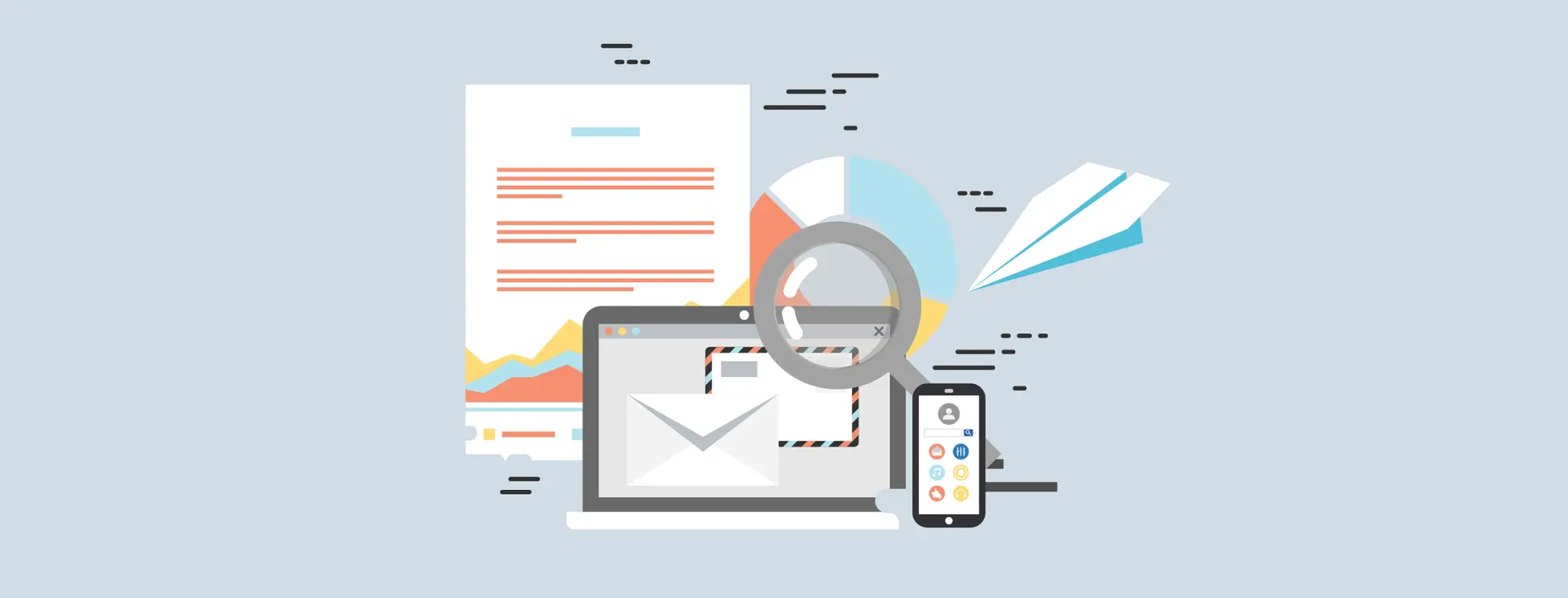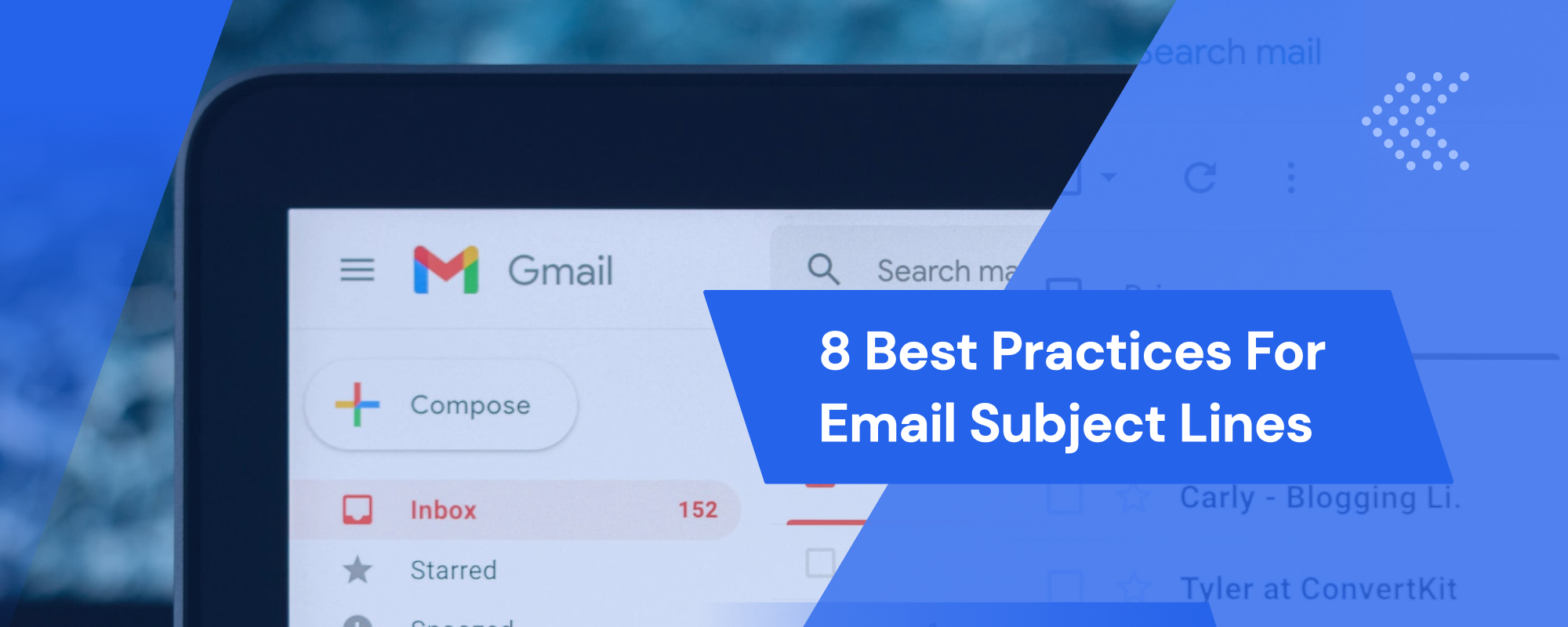Drafting an effective email subject line is a fine art. It needs to grab the reader’s attention, encourage them to open the email, and clearly explain what’s inside.

Sounds simple enough, but in reality, writing compelling email subject lines can be surprisingly difficult.
This post is about dealing with the 8 best practices for crafting the perfect email subject line.
What is Email Subject Line?
The email subject line is the line of text people see in their email inbox that hints at the contents of an email.
It’s often this one line of text that determines if a reader will open your email fully to read it, or simply trash the email.
1. Keep it Short and Sweet
When it comes to crafting an effective email subject line, less is often more.
Try to keep your subject lines short and sweet – around 50 characters or fewer if possible. This will ensure no text is cut off when users view your message on their mobile devices.
When in doubt, opt for shorter words over longer ones, and always use clear, straightforward language that conveys your message quickly and efficiently.
2. Pique Interest with Power Words
Using power words like “discount” or “exclusive” can help you pique readers’ interest and encourage them to click through to read your message.
Similarly, words like “today only” or “limited-time offer” can add a sense of urgency that leads people to take action right away instead of waiting until later (or never).
Just be sure not to overuse power words; otherwise, they may lose their effectiveness over time.
3. Personalize Your Subject Lines
Personalizing your emails is a great way to build relationships with subscribers and create a connection that encourages people to open your emails in the future.
You can personalize your subject lines by including recipients’ names or locations or other details related to previous interactions they had with you.
According to research from Experian Marketing Services, emails with personalized subject lines have a 26% higher open rate than those without personalization.
Personalized emails tend to have higher open rates than generic emails because they show that you value your customers as individuals rather than as just another name on a list of contacts.
4. Make Your Subject Line Descriptive
Your email subject line should accurately reflect what’s inside the message, so don’t make promises you can’t keep!
If you offer someone a free gift card in exchange for signing up for your newsletter but don’t mention it in your subject line, they won’t open it because they won’t know what’s inside.
Instead, use keywords like “gift” or “exclusive offer” so people know exactly what they can expect when they open your email.
5. Include a Call To Action
A call-to-action (CTA) is an actionable phrase that encourages readers to take action after reading your email
Example: “Sign up now !” or “Download our app today !”.
Including a CTA in your subject line can be effective because not only does it provide a clear purpose for opening the email but also gives readers direction on how they should proceed after reading it.
This helps increase conversion rates and drive more engagement with your message.
6. Ask Questions
Asking questions in your email subject lines can be a great way to engage with your readers and pique their interest.
This technique helps create curiosity around what the answer might be inside the body of the email—which will hopefully lead them to open it and find out!
Try asking a question related to the topic of your email, such as “Want to learn more about our new product offerings?”
This approach has been known to increase open rates significantly compared with more generic subject lines like “New Product Launch” or “Introducing Our New Products”.
7. Create Urgency With Time-Sensitive Language
Using language that creates a sense of urgency is another great way to grab readers’ attention and get them interested in opening your message sooner rather than later.
Words such as ‘now’ or ‘today only’ can create an element of urgency in readers that drives them towards action—opening that message!
You don’t want to overuse this type of language though; you want it to feel natural within your overall tone and style of communication with each reader.
8. Utilize Emojis
Emojis can be an effective tool for making sure that your emails stand out among all of the other messages in someone’s inbox.
They draw attention and provide an opportunity for creativity when crafting unique subject lines—just be careful not to overdo it!
Keep in mind that not everyone uses emojis regularly, so if you want to use them in professional emails consider testing out different combinations with a small group first before rolling out wider campaigns with emojis included in their subject lines.
Wrapping Up
Email is an incredibly powerful tool for reaching a wide audience - but only if you have effective subject lines that catch people’s attention and encourage them to open the message instead of just deleting it without reading it first.
Crafting an effective email subject line takes practice but following these best practices should help you get started on the right track!
With just a few tweaks here and there, you can send out emails that get noticed each time – ensuring everyone reads what you have written!


